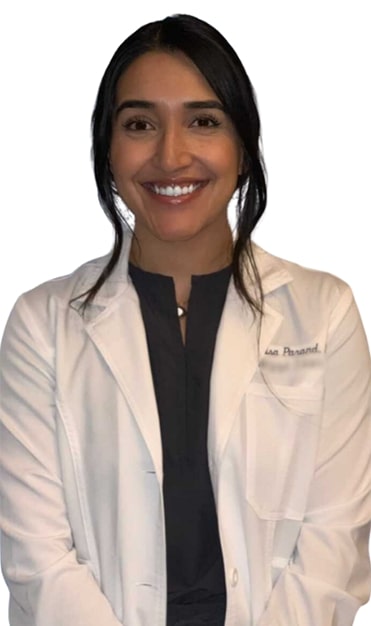AllPhases Dermatology is a full-service dermatology practice under the direction of Dr. Yvette Appiah. We offer treatment for chronic conditions of the skin, hair and nails, preventive measures and cosmetic enhancements. Beautiful, healthy skin is a premium yet completely attainable commodity today. Our practice stands ready to assist you in overcoming your skin challenges and unlocking the full power of beautiful skin.
Click on each of our provider's names for more information!
Dr. Yvette Appiah
Yvette Appiah, M.D. is a board-certified dermatologist who practices general, medical and surgical dermatology. Dr. Appiah has over 15 years of experience treating all diseases of skin, hair and nails, laser dermatology and cosmetic dermatology including botox, fillers, chemical peels and microdermabrasion.
Dr. Appiah graduated from the University of Chicago, Pritzker School of Medicine and completed her residency training at the University of Pennsylvania. She is a member of the American Academy of Dermatology.
Special Interests: Dr. Appiah’s main focus is providing options for all skin types for all skin problems. Patients with ethnic skin are especially pleased with the innovative treatments she employs in managing skin diseases which have traditionally posed a challenge in their management.

Dr. Nasir Aziz
Nasir Aziz, M.D. is a board certified dermatologist who recently joined the clinical staff at AllPhases Dermatology, LLC. Dr. Aziz received his Bachelor of Arts from Northwestern University, Doctor of Medicine (MD) from George Washington University and did his residency training in dermatology from Georgetown University.
His interests include skin cancer, medical dermatology and surgical procedures. Prior to joining AllPhases Dermatology, LLC, Dr. Aziz served as a dermatologist at the Washington, DC Veterans Affairs Medical Center.
Dr. Aziz continues to see patients and train residents at the Veterans Affairs Medical Center and is on faculty at both George Washington University and Howard University. Although he continues to remain active in academic pursuits, Dr. Aziz’s primary passion is serving the dermatologic needs of the Washington, DC metro regional community.

Jordana Ndon, APRN, FNP-BC
Jordona Ndon is our Dermatology Certified Nurse Practitioner who joined our practice in January 2022. Originally from Wisconsin, she attended University of Wisconsin-Madison and majored in Women’s Studies.
She moved to New Jersey and attended Villanova University for the Accelerated Nursing Program and Walden University for her Masters in Nursing, in which she graduated Summa Cum Laude. She is a recipient of the Robert Wood Johnson Scholarship, HRSA Nursing Scholarship, and Connelly-Delouvrier International Scholarship.

Ms. Ndon has worked for Penn Medicine as a nurse for 3 years. As a Family Nurse Practitioner, she has worked in dermatology for over 5 years. Jordona diagnoses and treats dermatologic skin conditions, provides comprehensive skin exams, cosmetic procedure, and performs outpatient surgical procedures to treat skin cancer. She finds working with and educating the patient about their skin conditions can be rewarding when seeing how positive results impact the patient and their daily life. Jordona is a member of American Nurses Association, Sigma Theta Tau Nursing Honor Society and Dermatology Nurses Association. She is also a member of Alpha Kappa Alpha Sorority, Inc., and within this organization she spends her time mentoring young teens as well as participating in health fair promotion around the community.
Marisa Parand, DNP
Marisa Parand, DNP is a doctorally-prepared and board-certified Nurse Practitioner with over 8 years of direct patient care experience. She received her Bachelor of Science degree at The Pennsylvania State University with honors. She then continued her education at The University of Massachusetts Medical School to earn her Master of Science and Doctor of Nursing Practice degrees. She was inducted in the Sigma Theta Tau International Honor Society of Nurses and is a member of the Dermatology Nurses’ Association.
The foundation of Marisa’s clinical practice is prevention and early detection of skin diseases. Her interests include medical, surgical and laser dermatology. She is also passionate about cosmetic dermatology and strives to enhance natural beauty with a conservative and thoughtful approach to ensure patients receive their desired results. She is eager to provide high-quality dermatologic care that meets the needs of the community.


